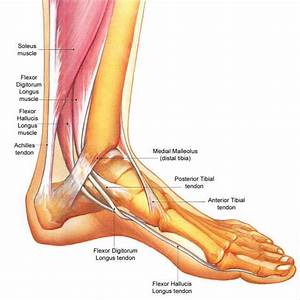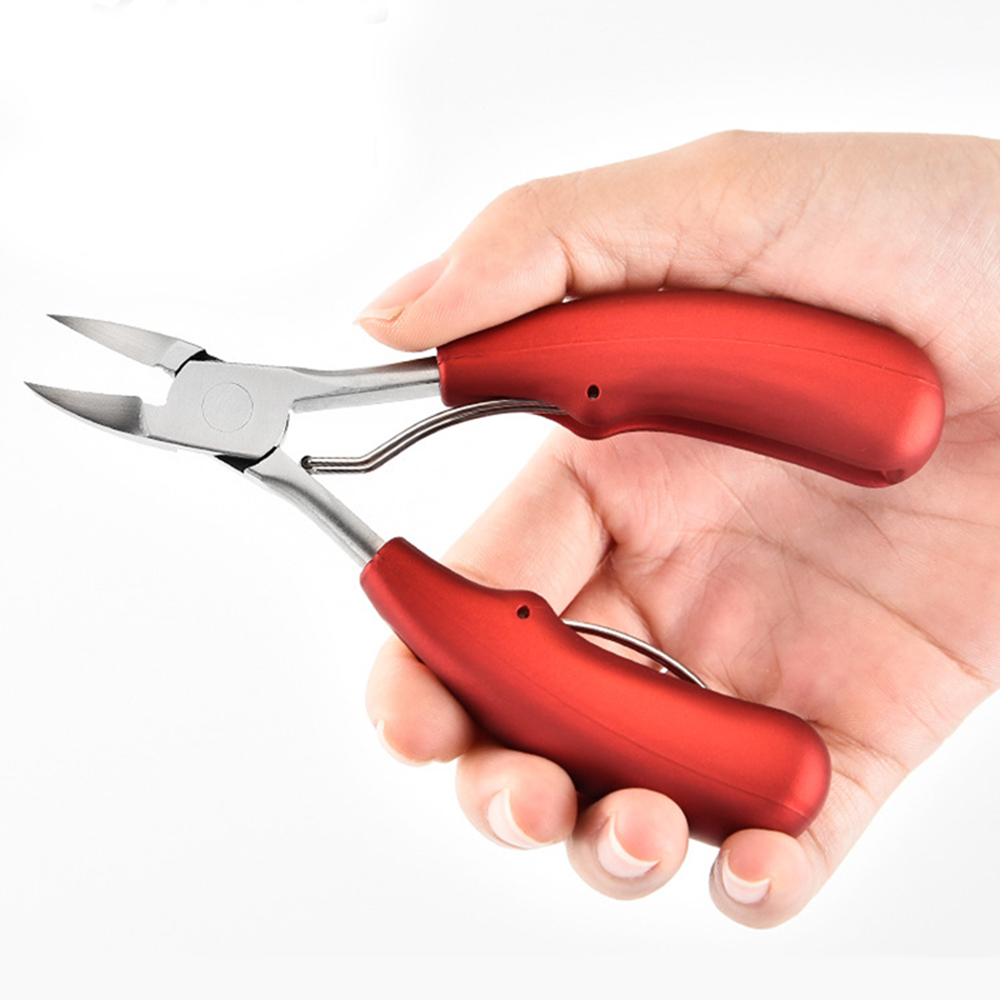Heel and ankle conditions and Injuries









Heel and ankle conditions and Injuries
The heel and ankle contain the largest bonesof the foot.They play important roles when walking and running, absorbing impact as the heel contacts the ground, then transmitting power to the forefoot to propel the body forward.
Because of their importance for walking and running, the bones, tendons, and ligaments in the heel and ankle are susceptible to a number of painful conditions and potential injuries.
Plantar fasciitis and heel spurs
By far the most common in jury to the rearfoot is plantr fasciitis, or inflammation of the plantar fascia.This painful condition of the heel is also called the spur syndrome, even though only half of those affected will develop a spur on the heel bone as a result of the condition.
Plantar fasciitis in unique in that it is seen in a broad range of patients, from marathon runners to thirty-year-old office workers to older retireers who are relavively sedentary. It seems to affect men and women equally.
The plantar fascia is a tough band of connective tissue that helps prevent the foot's arch from collapsing during standing walking and running. It attaches to the bottom of the heel and extends throug the arch to the bases of the toes.Studies show that the plantar fascia works hardest as the heel lifts from the ground, transferring weight forward. When injured or inflamed , it hurts at the point where it attaches to the heel. The pain sometimes radiates into the arch as well.
Symptoms of plantar fasciitis include burning a tearing sensation, dull aches, or sharp, shooting pains in the heel. These symptoms are especially present when rising from bed in the morning or when standing after having been sitting for a period of time. It is common to see this condition flare up in those who have recently started an exercise program or whose jobs require walking or standing on hard floors.
The pain associated with plantar fasciitis, strangely enough, tends to gradually dimin ish with walking. This is one of the unique characteristics of plantar fasciitis. There are two theories for this unusual pattern of pain. One is the muscles at the bottom of the foot (which try to protect the injured fascia by tightening or going into spasm) aren't able to spasm during walking activities, only after periods of rest. So part of the heel pain (in addition to that of the plantar fascia) occurs when the weight is placed on the tensed muscles.
As the muscles relax, the pain decreases . The other thoery is the only time that the plantar fascia can heal itself is when no walking is occuring. So during periods of immobility-the hours of sleep, for example-the plantar fascia relaxes and shortens, relieving spasms and inflammation. Upon standing the plantar stretches, resulting in tension, inflammation, spasms, and even tearing of the fascia, basically, is reinjured each morning.
In some cases, there is no obvious cause for plantar fasciitis . In other cases, there may be many factirs that contribute to it wearing shoes that lack good arch support, being overweight , standing for long periods on hard surfaces, and exercising more than normal. Aging can be another contributing factor: the fat pad at the bottom of the heel can atrophy as we grow older. All of these conditions increase the workload placed on the plantar fascia.
Plantar fasciitis is nearing epidemic proportions in this country. A popular theory attributes the marked increase in the conditions to the overuse of shoes. Proponents of the theory reason that because we wear shoes from infancy, the muscles of the arch and other parts of the foot never develop the strength they need for a lifetime of use. As a result, the weaker muscles force the plantar fascia to work harder supporting the arch of a foot. Over time, the plantar fascia becomes inflamed, thickesns, and tightens.
Reference: Great Feet For Life: Paul Langer, DPM
Articles - Latest
- Supplies, Description, and Usage - Tech Nails-2
- Supplies, Description, and Usage - Tech Nails
- Exercises for Plantar Fasciitis
- Shoes, insoles and splints: Cushioning and support - Plantar fasciitis
- 10 best bum workouts and 25 bum exercises for a 🍑'ier butt
- The dos and don’ts of running when you’re over 40
- This 30-minute workout can be done from just about anywhere
- I teach stretching routines for a living — 3 exercises that strengthen your hips and open your hamstrings
- Somatic exercise has gone viral promising to lower cortisol levels, ease stress, and boost health - so, does it actually work?
- Planks and wall sits best exercise for lowering blood pressure, study says
- Four moves and six minutes is all you need to develop strength with this no-equipment routine
- I did a two-minute Farmer’s Carry every day for a week — here’s what happened
- No squats or lunges: This knee-friendly workout sculpts your lower body in 7 exercises
- Two dumbbells and five moves are all you need to build strength in the shoulders and back
- Add Muscle, Build Stamina and Fire up Your Metabolism with Our Three-Move Strongman Circuit
- How to clean running trainers without ruining them: 3 easy steps to take
- Podiatrist shares pain-inducing mistakes we're making when wearing high heels
- 9 things you need to know before getting acrylic nails
- Running could be just as effective at treating depression as medication, scientists find
- This is How Long You Should Rest Between Sets, Whatever Your Training Goal
- Manicurists Share Their Top Tips For Growing Stronger Nails Without Giving Up On Those Gel Manis
- Dry, cracked heels: Here are the most moisturizing ingredients according to a dermatologist
- Treatment for Plantar Fasciitis
- How to measure your feet: A guide for runners
- Heel and ankle conditions and Injuries
Articles-Popular
- Home
- Calluses and Corns-4-Padding and Insoles To relieve Pressure
- Contacts
- Appreciate Your Feet
- WEB - LINKS
- Therapy Price List- Aromatherapy - Counselling
- The Awareness of Foot Care
- Nail Technician Resume
- Join us as a Therapist
- Gallery - Pedicured Feet
- Podiatry/Chiropody Price List
- Skin Care-Feet
- TCM - Therapy Prices
- Blisters on the Feet
- Nail Technician Job Description
- Galleries
- Bacterial Infections
- Itching Skin on the Feet
- Athlete's Foot
- Sweaty or Smelly Feet
- Appointments
- Skin Changes Associated with Blood Flow
- Common Toenail Conditions - Changes in Nail Colour
- Calluses and Corns - 2
- Insoles





